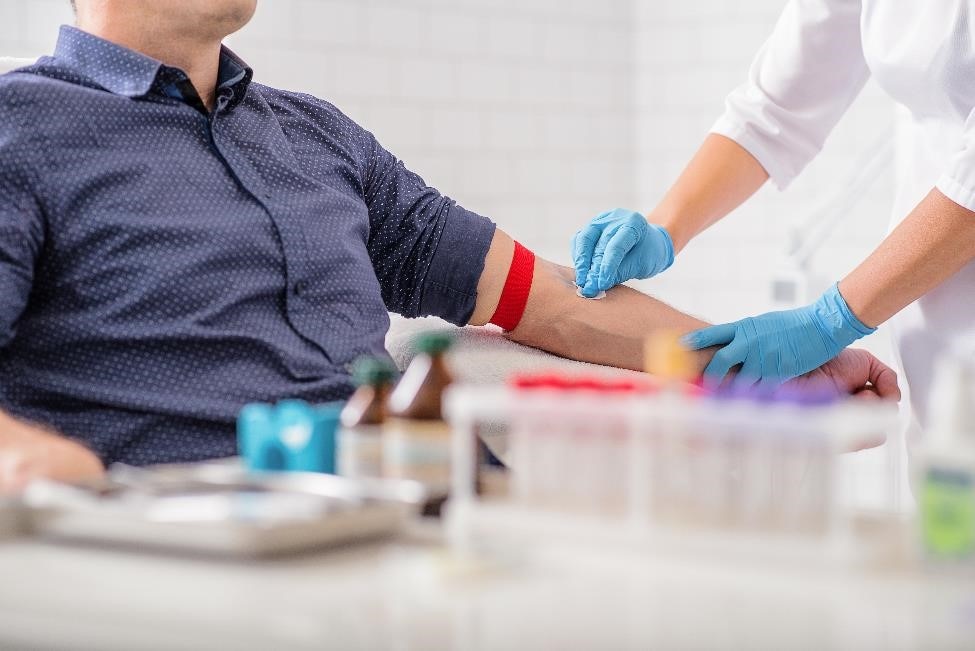Diagnosis of Hemochromatosis
How do doctors diagnose hemochromatosis?
Doctors usually diagnose hemochromatosis based on blood test results. Doctors may first suspect hemochromatosis based on a medical and family history, a physical exam, and blood tests.
Medical and family history
Doctors ask about medical history, including
- symptoms of hemochromatosis, such as feeling tired or weak or pain in the joints
- health problems that may be complications of hemochromatosis, such as diabetes or arthritis
Doctors also ask about any family history of hemochromatosis or health problems such as cirrhosis or diabetes.
Physical exam
During a physical exam, the doctor will check for signs of hemochromatosis, such as
- changes in skin color
- enlargement of the liver or spleen
- tenderness in the abdomen over the liver
- tenderness and swelling in the joints
What tests do doctors use to diagnose hemochromatosis?
Blood tests are critical for the diagnosis of hemochromatosis. In some cases, doctors may also order a liver biopsy.
Blood tests
For a blood test, a health care professional will take a blood sample from you and send the sample to a lab. Doctors may order blood tests to check
- levels of iron
- levels of transferrin, the protein that carries iron in the blood
- the ratio of iron to transferrin
- levels of ferritin, the protein that stores iron in the liver
A high ratio of iron to transferrin in the blood may suggest a person has hemochromatosis. A high ferritin level is also typical in people who have hemochromatosis. Doctors may also use blood tests for ferritin levels to see if iron levels are improving with treatment.
Doctors usually order blood tests to check for the gene mutations that cause hemochromatosis. Finding two copies of the HFE gene with the C282Y mutation confirms the diagnosis of primary hemochromatosis.

Liver biopsy
In some cases, doctors will use a liver biopsy to confirm that iron overload is present and that no other liver diseases are present. The liver biopsy also shows whether iron overload has caused scarring or permanent damage to the liver.
During a liver biopsy, a doctor will take small pieces of tissue from the liver. A pathologist will examine the tissue with a microscope. The biopsy can be stained for iron, which will show whether too much iron appears to be present. The biopsy can also be used to measure the actual amount of iron in the liver.
This content is provided as a service of the National Institute of Diabetes and Digestive and Kidney Diseases
(NIDDK), part of the National Institutes of Health. NIDDK translates and disseminates research findings to increase knowledge and understanding about health and disease among patients, health professionals, and the public. Content produced by NIDDK is carefully reviewed by NIDDK scientists and other experts.

